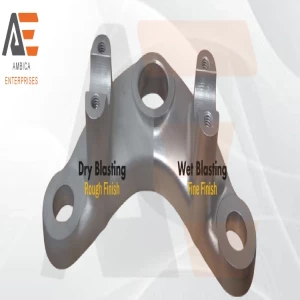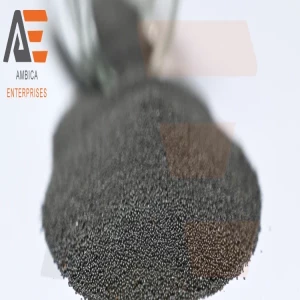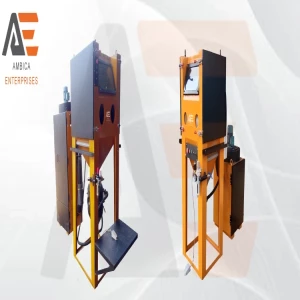In modern Automobile industry, the surface finish and texture of the body parts as well as some engine parts has become the top-most concern for each manufacturer. Most of the manufacturers have faith only on the shot peening. They are using two main media for shot peening - one is the steel shots and the other one is glass beads. Each media can provide unique characteristics for your valuable automotive parts. Before deciding about the specific application of either of the media, both of them should be well - differentiated from each other.
Shot Peening:
It is a cold working process that is used to increase the fatigue life and prevents stress cracking of most metal objects. In shot peening the surface of the finished part is blasted with round steel shot. Every piece of shot works like a peening hammer and when the surface has been peened all over, this prevents the formation of stress cracks that can lead to fatigue and failure. The outside of a part that has been shot peened has what is called a compressed layer that resists cracks. Because most fatigue failure and stress failure originate at the surface of a part, the compressed stress layer that is formed by shot peening increases the life of parts.
Glass Bead Blasting:
Is the newest form of peening and its use of tiny glass balls, sometimes not much larger than a grain of talcum powder, which because of their roundness, hardness, density, chemically inertness and other properties can be blasted through a nozzle at controlled rates (and in controlled sizes) to give remarkable advantages.
Peening Verses Blasting:
Peening is used primarily to alter the mechanical properties or impart a compressive skin over the surface of the metal part. On :he other hand Blasting is used when the process applies a finish, cleans, deburrs or otherwise prepares the su~face of the metal part. Blasting too may produce a compressive skin on the part, but this effect is secondary. Generally Shot Peening refers to peening with metal particles as opposed to Glass Bead Peening.
Sand blasting is a surface cleaning process using coarse sand or other abrasive particles. Whereas Glass Beads or Metal Shot particles are spherical, the sand and abrasive particles are irregular and so actually remove metal from the surfaces they strike.
Steel Shot is used for heavy duty peening applications. Glass Beads being lighter than steel shot are used for low to medium peening operations. The most important characteristic of Siass Bead Peening for the engine builder is that the process leaves a microscopic non-directional surface on metal parts. This "dimpled" surface does three things for. the engine parts.
- Improves lubrication through better retention of oil.
- lmproves performance by reducing friction through a reduction of bearing surface.
- Increases fatigue life by stress relieving machined and forged parts.
Glass Bead Peening is also an excellent process for the cleaning of metals. It produces that spotless look to alloy or provides that perfect preparation before coatings. Glass Bead Peening is used when the surface of the part you are using has to have a smooth surface finish or when you are Peening critical bolts that have sharp radius to the threads.
Glass Bead Facts:
Although glass is made from silica, glass beads contain no free silica hence zero health hazard. Recycle many times, clean efficiently at 45 to 60 degree nozzle angles. Coarse beads remove larger, tougher soils, peen to more intense levels and peen deeper zones in the surface. Fine beads remove smaller, lighter soil, have more impact per kilogram, clean faster, peen to less intense levels and peen outer zones of surfaces.
Automotive Applications of Steel Shot or Glass Bead Peening:
Following are the parts which can be benefited from Steel Shot Peening or Glass Bead Peening :
- Pistons - engines should not be rebuilt without peening the pistons. It not only cleans them, it makes the skirts better than new. Glass Bead Peening closes the micro pores in alloys.
- Master Cylinders
- Springs
- Intake Manifolds
- Crankshafts
- Camshafts
- Transmission Gears
- Magnesium Wheels
- Rocker Covers
- Connecting Rods
- Valves, Spri~gs and Retainers - When valves are Peened it is important that the valve stems are polished before assembly.
- Turbocharger Rotors and Housings
- Any highly stressed components you may consider important enough to warrant this type of treatment.
It should be noted that when any surface preparation is done on any engine component the tough skin of the component is destroyed and it is recommended that some form of surface treatment be carried out to restore the components surface to its original condition.
The Benefits of Glass Bead Blasting:
- Many medical components are glass beaded to reduce glare from shiny stainless steel while still retaining a smooth feel to the part.
- Glass bead blasting is often used after belting, grinding or welding operations to blend in these areas with the rest of the part.
- Glass bead contains no free silica, so it is a safer blast media to use than some other types offered today. It can be re-used several times, making it a economical choice as well.
- If you need a deep etch on your parts, consider crushed glass. Crushed glass is tiny shards of glass that really cut. Use this product if a smooth finish is not required.
- Glass beads are also used in peening operations on parts like aircraft turbine blades, and in wet blast machines for even smoother finishes.
Applications For Glass- Bead Blasting:
Cleaning
Cleans and preps the surface of metal parts without changing tolerances, or ferrous contamination. Can combine cleaning, finishing and peening in one operation.
Finishing
Creates a wide range of unique surface finishes which are easy to reproduce. Blends machine marks, seals pores and work hardens surfaces.
Peening
Reduces the tensile stress in metal parts, increasing the fatigue limit.
Deburring
Removes burrs without damaging the parts and offers a peened surface in one operation.

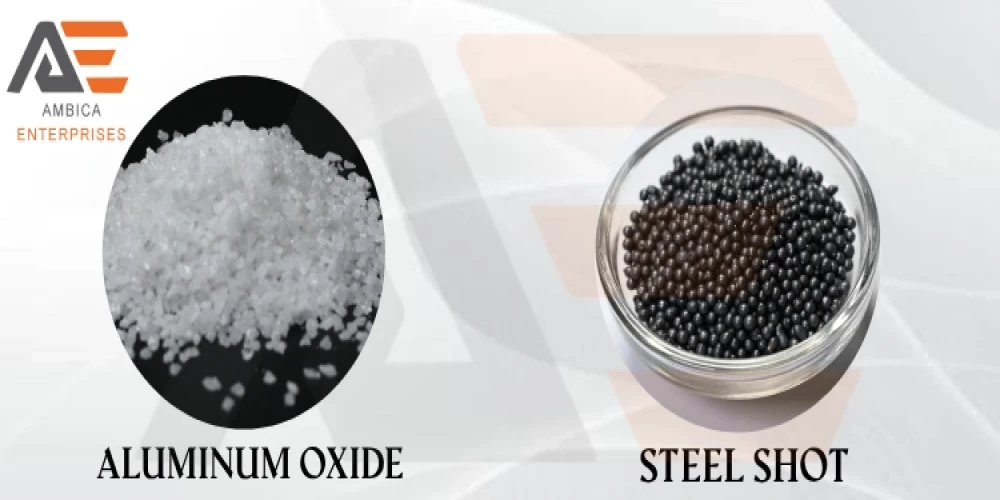
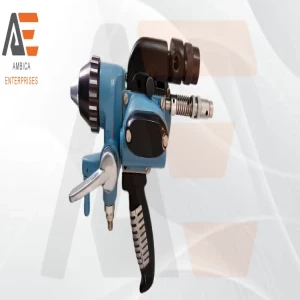
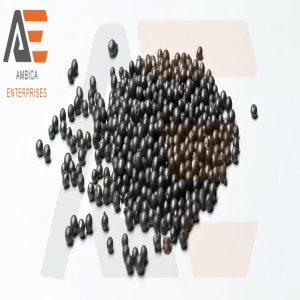
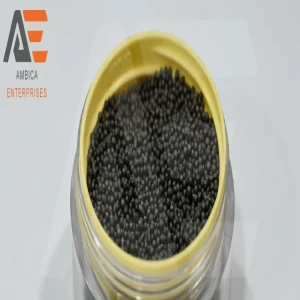
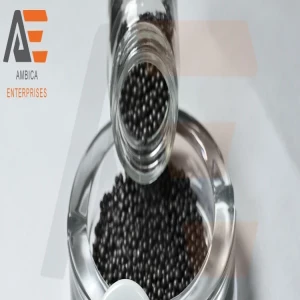
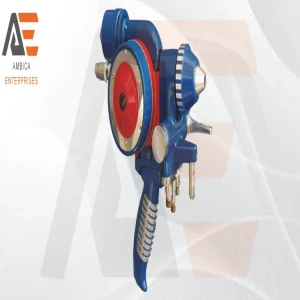
.webp)
